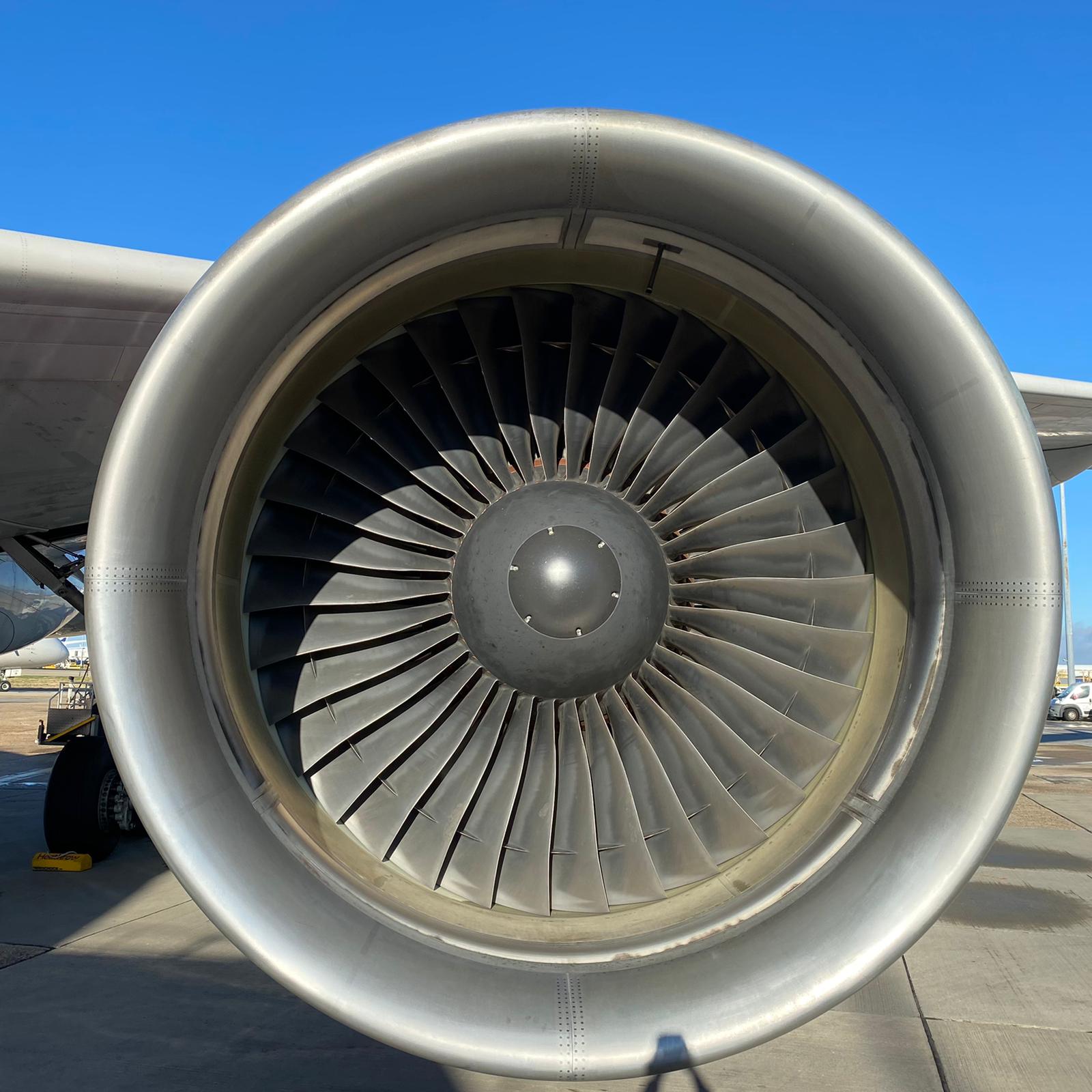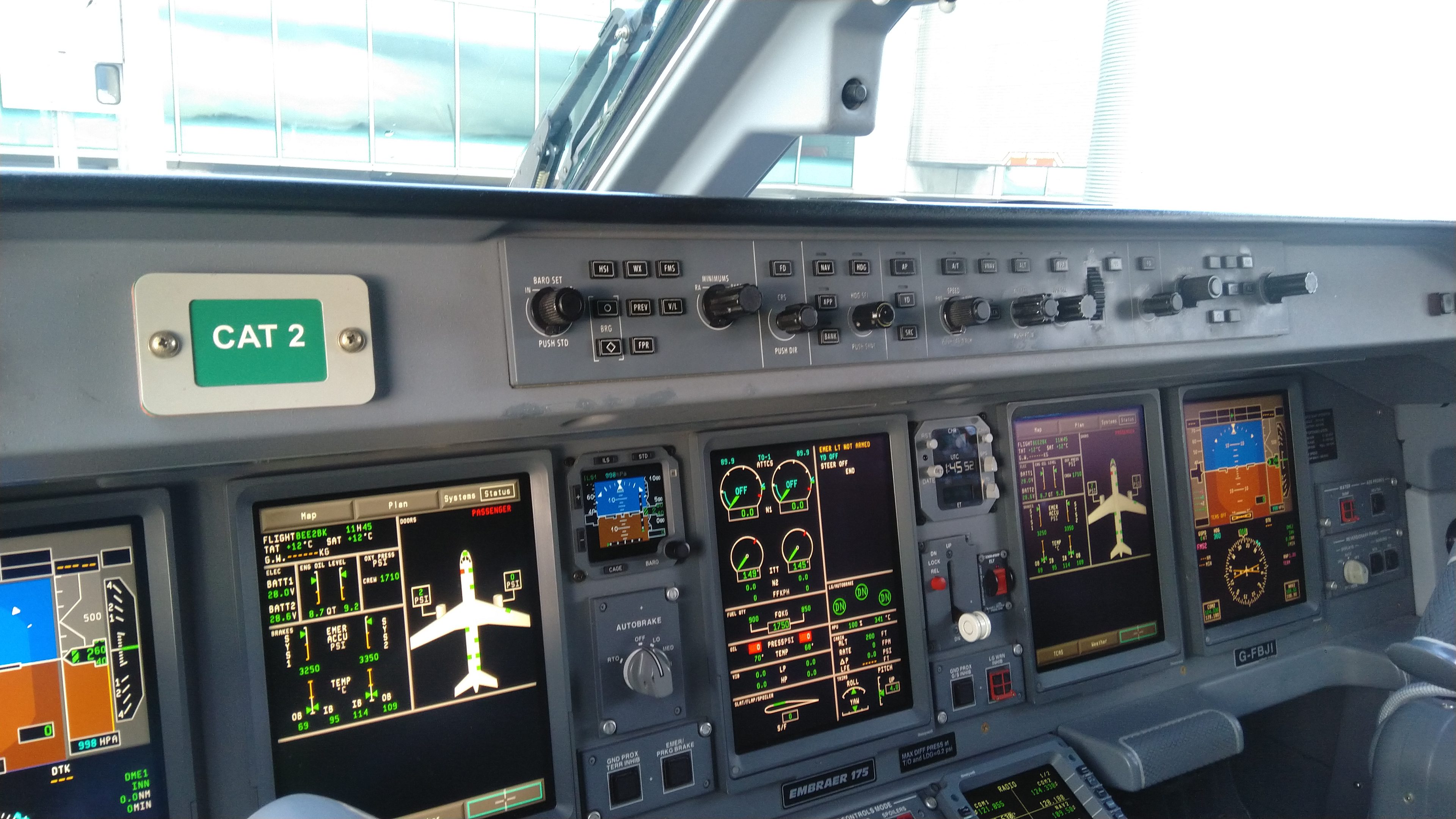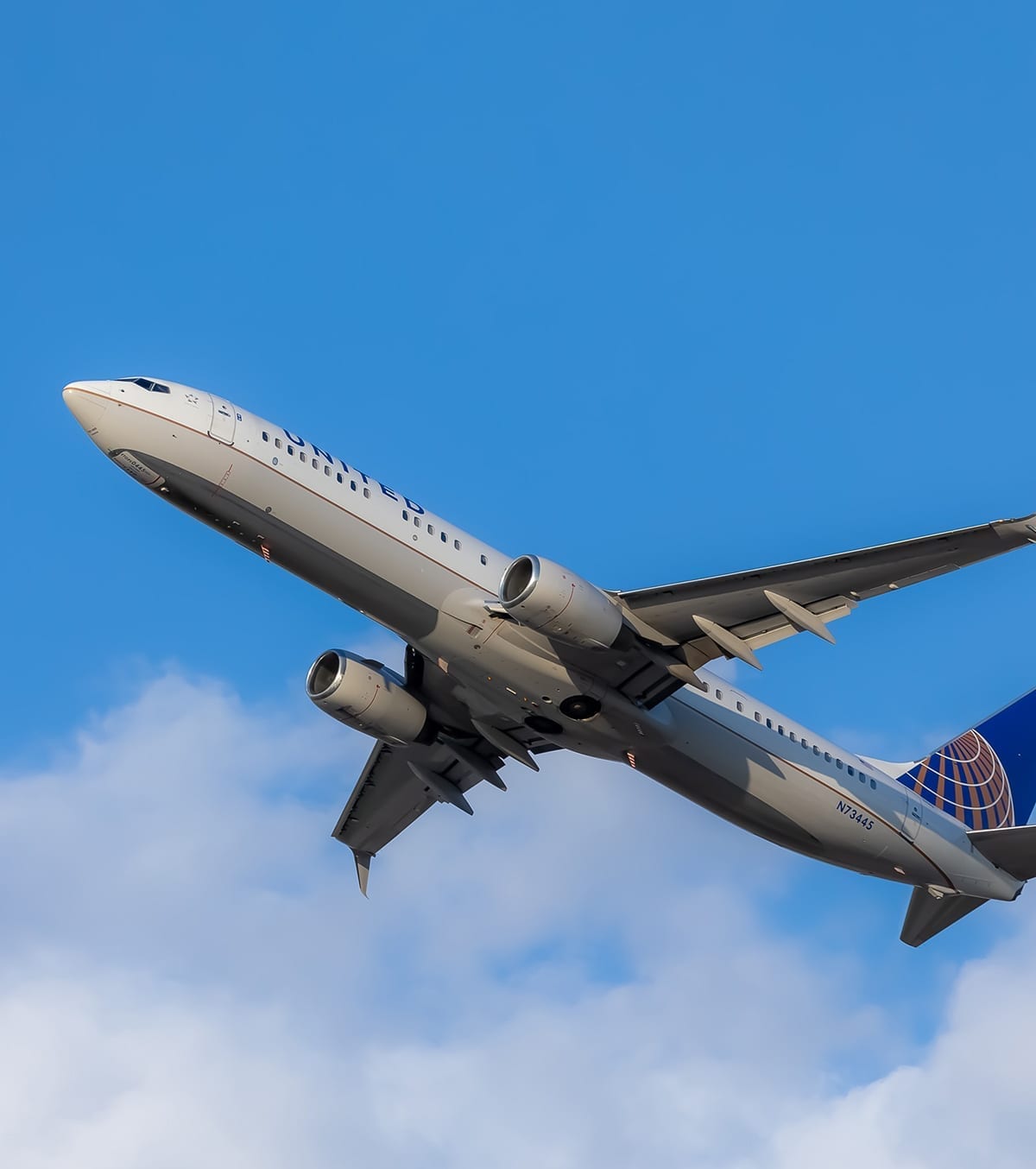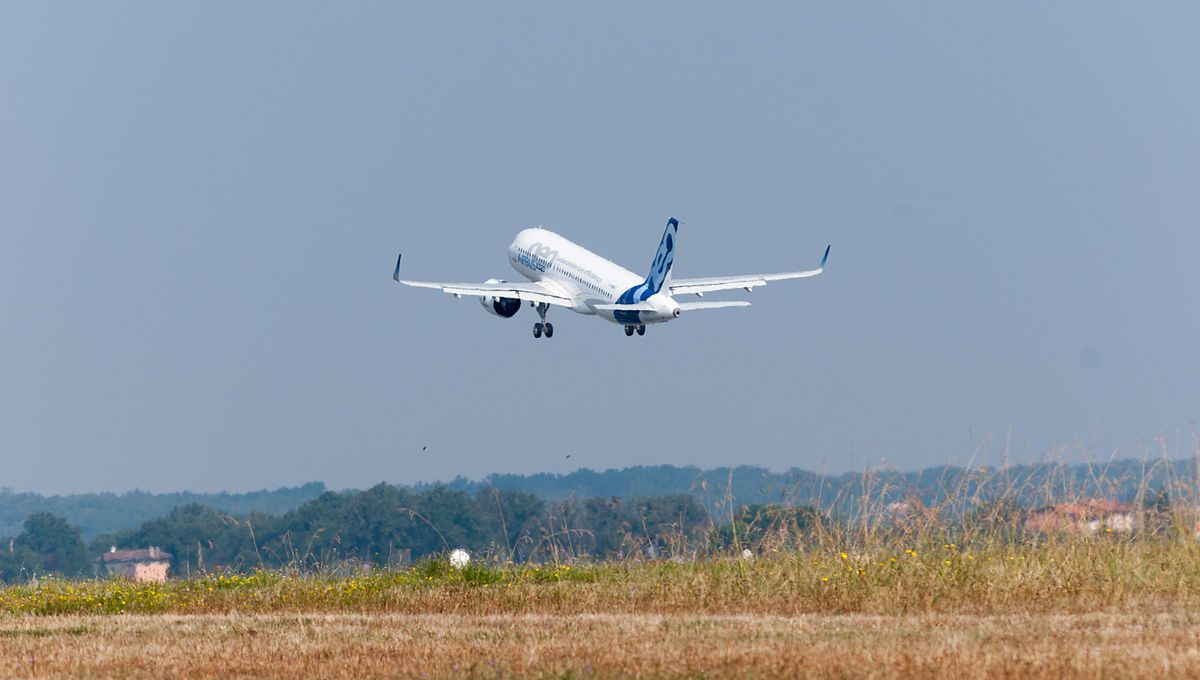The aviation industry’s safety standards rely on a complex network of organizations and regulations. The Continuing Airworthiness Management Organisation (CAMO) play an indispensable role in ensuring the ongoing airworthiness of commercial aircraft.
Scope and Intent of CAMO
Regulations such as EASA Part CAMO define the scope and intent of CAMO operations with their primary objective is to manage and maintain the airworthiness of aircraft throughout their operational life. This encompasses a wide range of responsibilities, including:




